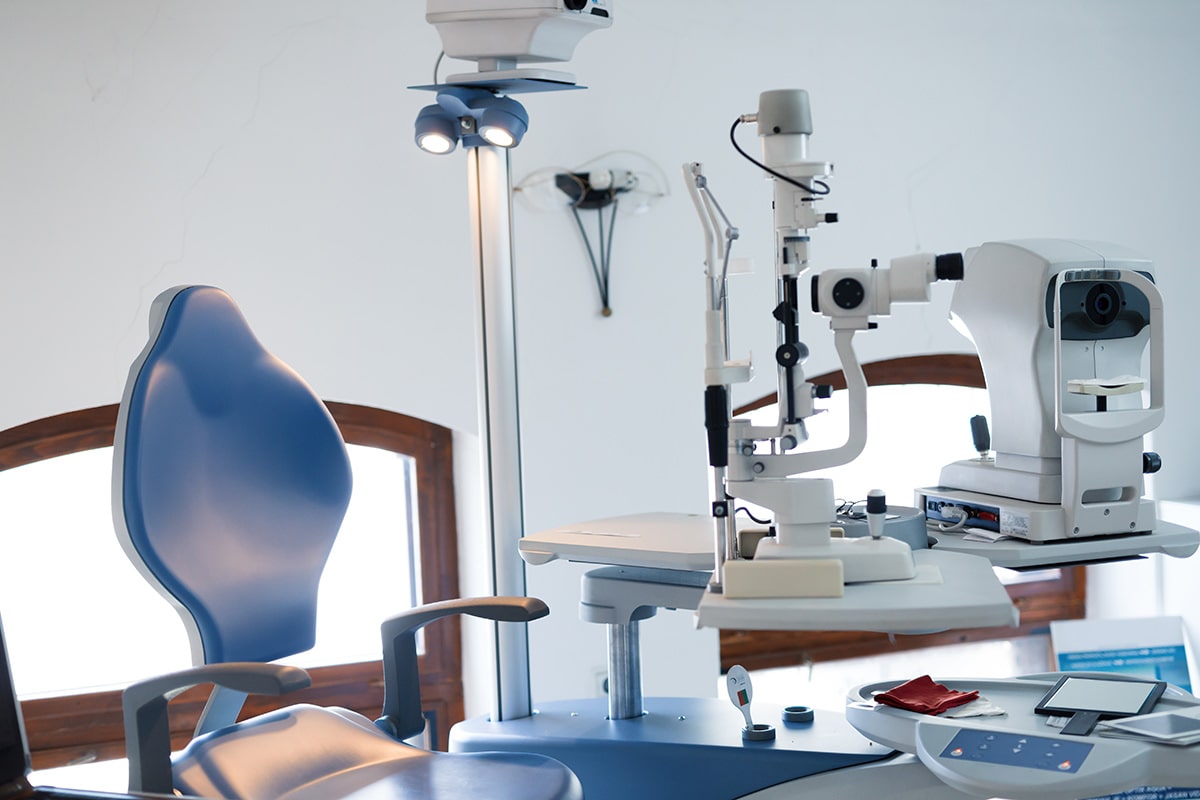Exploring the Differences Between Wavefront LASIK and
Standard LASIK
LASIK, or Laser-Assisted In Situ Keratomileusis, has revolutionized vision correction, allowing individuals to achieve clear eyesight without needing glasses or contact lenses. There are different approaches within the realm of LASIK, with Wavefront LASIK and Standard LASIK standing out as prominent options. This comprehensive exploration will delve into the distinctions between Wavefront LASIK and Standard LASIK, helping you make an informed decision about the best approach for your vision correction needs.
The Basics of Standard LASIK
Standard LASIK is the traditional form of the procedure and has been widely practiced for vision correction. The key steps of Standard LASIK include:
- Creating the Flap: A microkeratome or femtosecond laser creates a thin flap on the cornea. The flap is subsequently raised to reveal the underlying corneal tissue.
- Reshaping the Cornea: The excimer laser precisely reshapes corneal tissue to correct refractive errors like myopia (nearsightedness), hyperopia (farsightedness), and astigmatism.
- Flap Repositioning: Once the cornea is reshaped, the flap is delicately repositioned, serving as a natural bandage during the healing process.
Advantages of Standard LASIK
- Proven Effectiveness: Standard LASIK has a long history of successful outcomes, with many patients experiencing improved vision.
- Swift Recovery: Patients often recover rapidly, with improved vision noticeable within a day or two.
- Versatility: Standard LASIK is versatile and can address many refractive errors.
Unraveling Wavefront LASIK Technology
Wavefront LASIK, often called custom or wavefront-guided LASIK, introduces advanced technology for a more personalized approach to vision correction. The key elements of Wavefront LASIK include:
- Wavefront Mapping: Before the laser treatment, a wavefront map of the patient’s eye is created. This map details the unique imperfections and irregularities in the optical system.
- Customized Laser Treatment: The excimer laser is guided by the wavefront map, allowing for a highly customized treatment that addresses common refractive errors and subtle optical imperfections known as higher-order aberrations.
- Enhanced Precision: Wavefront technology aims to provide a more precise and personalized correction, improving visual outcomes, especially in low-light conditions.
Advantages of Wavefront LASIK
Personalized Correction: Wavefront LASIK offers a tailored approach, addressing individualized optical imperfections for a more precise correction.
- Reduced Glare and Halos: Patients may experience fewer issues with glare and halos, particularly during nighttime or low-light conditions.
- Potential for Superior Outcomes: Some individuals report experiencing superior visual outcomes and enhanced contrast sensitivity with Wavefront LASIK.
Comparing the Two Approaches
Factors to Consider
- Personalized Correction: Wavefront LASIK excels in providing a highly customized correction. If achieving the most personalized outcome is a priority, Wavefront LASIK may be preferable.
- Budget Considerations: Wavefront LASIK tends to be more expensive than Standard LASIK due to the advanced technology involved. Patients should consider their budgetary constraints when making a decision.
- Visual Outcomes: While both procedures are effective, some individuals may notice a difference in visual quality with Wavefront LASIK, especially in challenging lighting conditions.
- Surgeon’s Recommendation: Consulting with an experienced eye surgeon is crucial. They can assess your unique vision needs, discuss the benefits and considerations of each approach, and recommend the most suitable option for you.
Potential Risks and Considerations
Common Considerations
- Cost Differences: Wavefront LASIK is typically more expensive than Standard LASIK.
- Availability: Not all LASIK centers may offer Wavefront LASIK. Patients should inquire about the availability of this technology at their chosen clinic.
- Clinical Studies: Some studies suggest that while Wavefront LASIK may provide advantages in certain aspects, the clinical significance of these benefits remains a subject of ongoing research.
The Consultation Process
Key Steps
- Comprehensive Eye Examination: A thorough eye examination assesses your overall eye health and determines the most suitable approach for vision correction.
- Discussion of Options: The surgeon will discuss the differences between Wavefront LASIK and Standard LASIK, considering your unique visual needs and lifestyle.
- Informed Decision-Making: Armed with information, you can make an informed decision about the LASIK approach that aligns with your preferences and expectations.
Choosing between the two involves weighing the benefits, considering budget constraints, and consulting an experienced LASIK surgeon. Wavefront LASIK introduces a level of customization that may result in superior visual outcomes, especially in challenging lighting conditions. However, Standard LASIK remains a reliable and proven option that has provided a clear vision for countless individuals.







